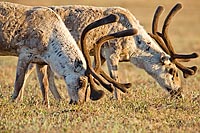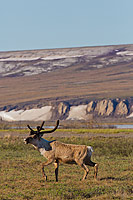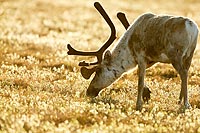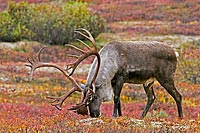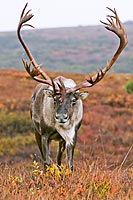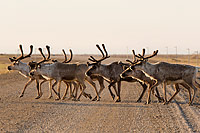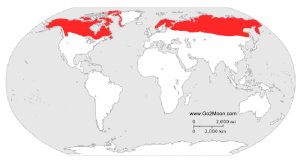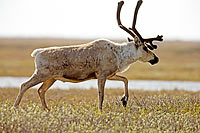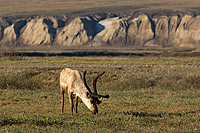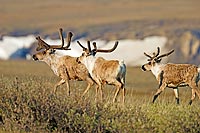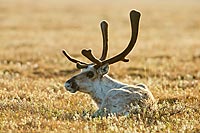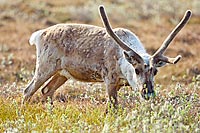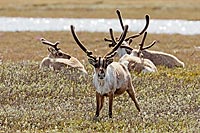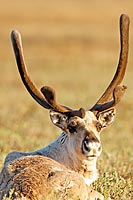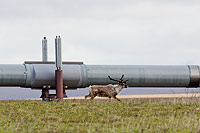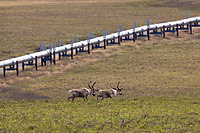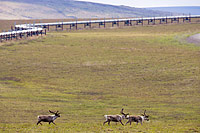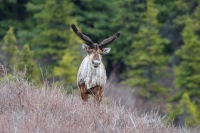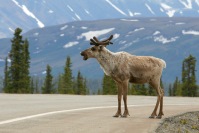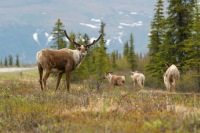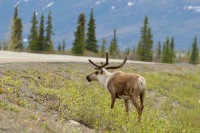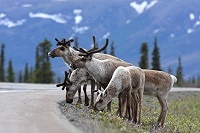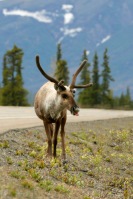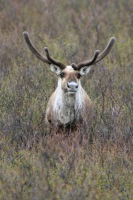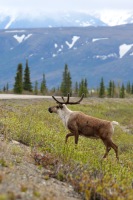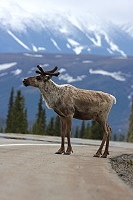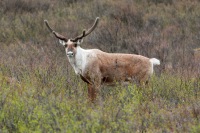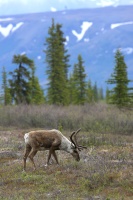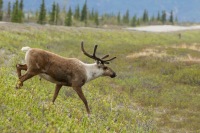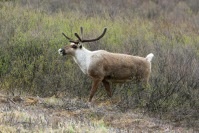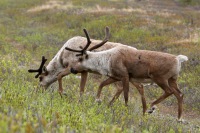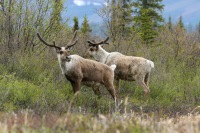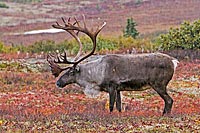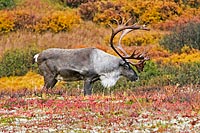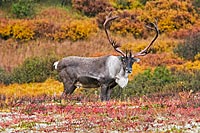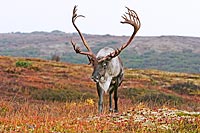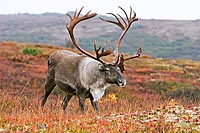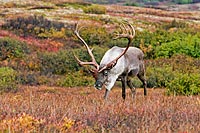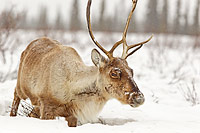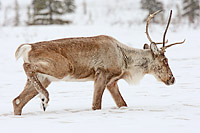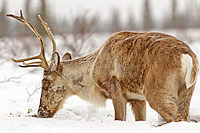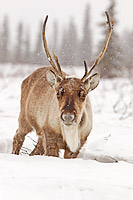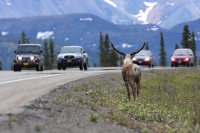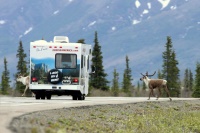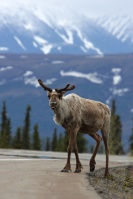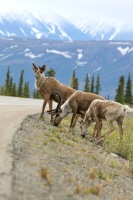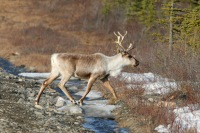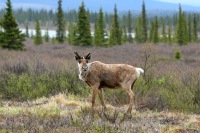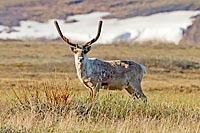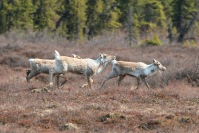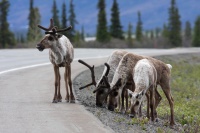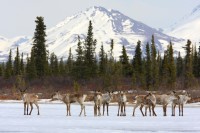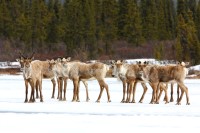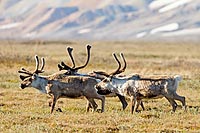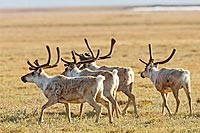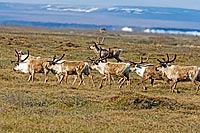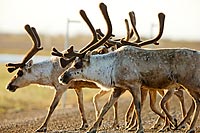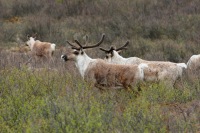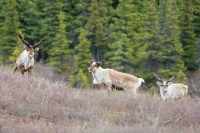 |
~ ALASKA CARIBOU ~
| |
|
Caribou are very abundant in Alaska, Canada as well as Arctic and Sub-Arctic Europe.
In Alaska and the Yukon, the Porcupine Caribou herd is approximately 130,000 strong.
During their fall migration, they travel a thousand miles from their calving grounds on the
North Slopes of Alaska to their winter range in Northwest Canada.
|
|
|
|
|
|
Common Names:
Scientific Name:
|
Caribou, Reindeer
Rangifer tarandus
|
Class:
Diet:
|
Mammalia
Ruminant
|
Range:
|
North America, Northern Eurasia
|
Height:
Weight:
|
5 to 6 feet
250 to 400 pounds
|
| |
Contrary to common belief, both male and female caribou have antlers.
|
|
|
|
|
Caribou antlers are grown every year in the Spring. Like Moose, the new antlers during the growth period have a velvety appearance
and can easily break if the Caribou is not careful.
|
|
|
The new antlers will progressively harden and lose their velvet in time for the fall rutting season. Hardened antlers have a smooth appearance.
|
|
|
|
|
|
Caribou roaming the Arctic tundra along the Trans Alaska Pipeline.
|
|
|
|
|
|
|
Every year, Caribou grow a new set of antlers. During the growth period in the Spring, the antlers are covered in velvet,
and can grow up to one inch per day.
|
|
|
Caribou with velvet antlers up close and personal.
|
|
|
The antlers on this young buck are taking shape nicely (pictures taken in the Spring). They will continue to grow throughout the summer.
Covered in furry skin, the antlers will remain relatively soft until they are fully developed and hardened in the fall.
During the growth period, the antlers are vulnerable to damage. An accidental breakage will severely impact a buck's
chances to successully mate in the fall.
|
|
|
|
|
Males usually begin to grow their antlers earlier in the year than females.
|
|
|
|
|
|
|
In early Fall, Caribou proudly display their fully developed set of antlers, and are ready for the rutting season.
The colorful tundra provides an excellent backdrop for their upcoming romantic adventures.
|
|
|
|
|
The warm Fall colors of the Alaskan tundra fade as the cold Winter grips the landscape...
The thick carpet of snow is a stark reminder of the severe wintery conditions ahead.
In Interior Alaska during the dead of the winter, food is getting harder to find.
|
|
|
|
|
|
|
This lonely Caribou is painfully digging the snow to expose some frozen bushes, desperately trying to round up a meager snack...
|
|
|
|
|
Caribou digging snow for food
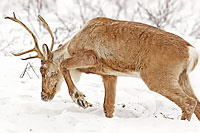 |
|
|
|
|
|
The Caribou has injured its front leg after digging the hard packed snow for days on end.
|
|
Caribou injured its leg
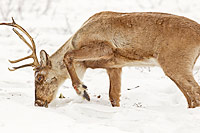 |
|
|
|
|
|
|
|
In Alaska, Caribou can often be seen in Denali Park or along the Highways.
Watch for Caribou on the side of the road.
|
|
|
Caribou often gather in herds. A few small groups are seen here in various locations in interior Alaska.
|
|
|
|
|
|
Go to the Moon & Get the Best Pictures
...Smile... ' Click! '

[email protected]
© Copyright Go2Moon, Alaska


